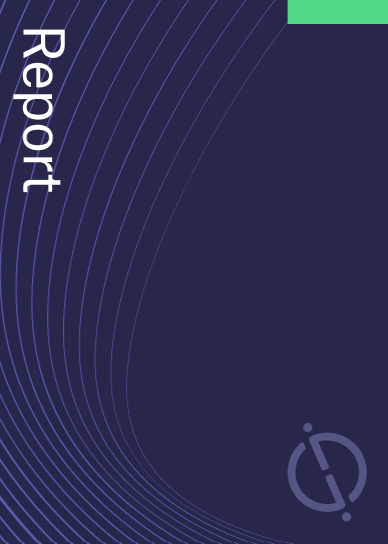Duke Energy has filed a patent for a method to determine the flow rate of a gas leak in a pressurized gas system. The method involves applying a liquid soap solution to a component, capturing sequential images of bubbles formed by the interaction between the solution and the gas leak, and analyzing the images to determine the total area of the bubbles. A second algorithm is then used to calculate the flow rate based on the total area, component size, and gas pressure. GlobalData’s report on Duke Energy gives a 360-degree view of the company including its patenting strategy. Buy the report here.
According to GlobalData’s company profile on Duke Energy, Smart metering system was a key innovation area identified from patents. Duke Energy's grant share as of September 2023 was 28%. Grant share is based on the ratio of number of grants to total number of patents.
Method for determining gas leak flow rate using soap bubbles
A recently filed patent (Publication Number: US20230266195A1) describes a method for determining the flow rate of a gas leak in a pressurized gas system. The method involves applying a liquid soap solution to a specific region of a component in the gas system and capturing sequential images of bubbles formed by the interaction between the solution and the gas leak using a camera on a portable electronic device. These images are then analyzed using algorithms executed by a processor to determine the total area of the bubbles in the region, which is used to calculate the flow rate of the gas leak.
The patent also mentions that the processor can account for the distance between the camera and the component when determining the total area of bubbles. The pressurized gas system can be a natural gas system, a propane system, or a refrigerant system, and the component can be a pipe, a valve, or a fitting. The plurality of images captured can be in the form of a digital video with a duration of at least 10 seconds. The algorithms used for analysis are trained machine learning models, specifically a computer vision machine learning model for the first algorithm and a random forest machine learning model for the second algorithm.
In another embodiment of the method, the user enters the pressure of the gas in the system and the size of the component into the portable electronic device. The rest of the process remains the same, with the images being analyzed to determine the total area of bubbles and the flow rate of the gas leak based on the total area, the size of the pipe, and the pressure of the gas in the system.
Overall, this patent describes a method that utilizes a portable electronic device and algorithms to accurately determine the flow rate of a gas leak in a pressurized gas system. The use of a liquid soap solution and image analysis provides a non-intrusive and efficient way to detect and measure gas leaks, potentially improving safety and maintenance procedures in various industries.
To know more about GlobalData’s detailed insights on Duke Energy, buy the report here.
Data Insights
From

The gold standard of business intelligence.
Blending expert knowledge with cutting-edge technology, GlobalData’s unrivalled proprietary data will enable you to decode what’s happening in your market. You can make better informed decisions and gain a future-proof advantage over your competitors.



